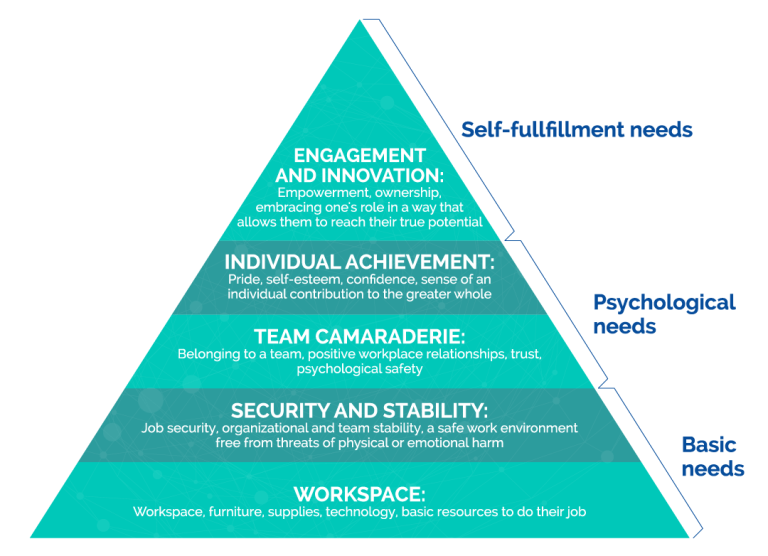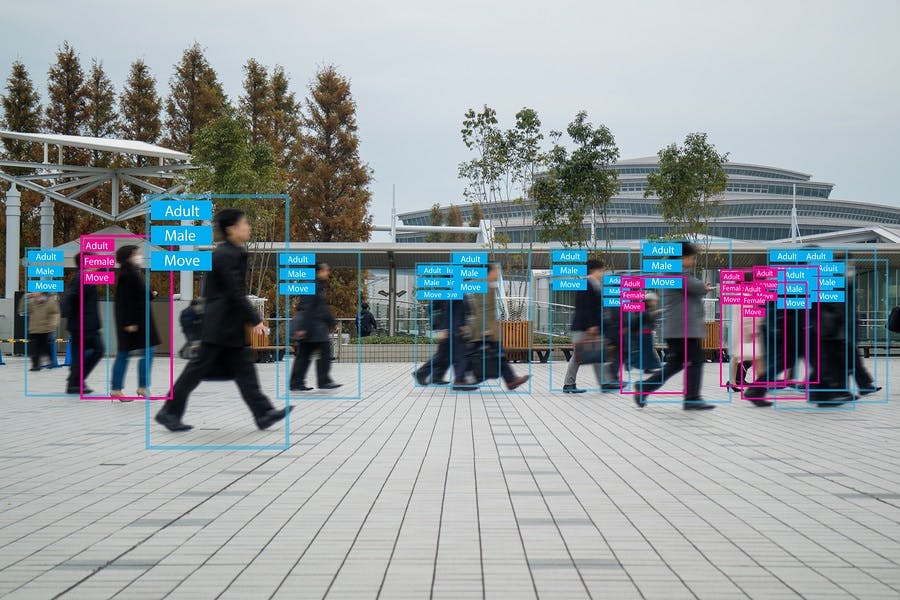When a few colleagues and I started a group called the Silicon Valley Culture Club in the early 80s, our goal was to create a safe place where those of us involved in bringing technology into our organizations could openly discuss its impact on corporate culture. Having worked and lived in the Valley since 1974, I breathed technology — and wanted it to affect people in the most positive ways possible.
Over the years, tech workers (notably Google employees) have become increasingly vocal in demanding their employers demonstrate more accountability. “Responsibility” and “empathy” are the new buzzwords in Silicon Valley, and this ethos is emerging elsewhere as workers become increasingly aware of data privacy issues.
Against this backdrop, organizations must begin to continually engage the employee in understanding “what’s in it for you?” This is true in the case of HR technology adoption, and people analytics adoption in particular.
Who wins from people analytics?
Most companies invest in people analytics through the lens of the organization, with the goal of moving the needle on business outcomes — whether it’s pursuing stronger profit margins through turnover reduction or enhanced customer satisfaction through better employee engagement. For the past three years, in my role heading up research and customer value at Visier, I have been helping firms understand how they can unlock value from this technology at an aggregate level for the organization or by department, business line, or region levels.
But about a year ago, I could no longer ignore a nagging feeling that it was time to start tackling the concept of value from the perspective of individual employees.
During booth time at a conference in Amsterdam, I shared these thoughts with Visier’s co-founder, Jan Schwarz. He was eager to write an article and liked this topic, so we decided to collaborate and expand on my idea of developing an Employee Value Proposition (EVP) for people analytics.
An EVP is a crucial component of a fully humanized people analytics practice. Rather than having the organization merely interpret data about an individual, a fully humanized people analytics practice gives a worker the tools to interpret and analyze her employee data to provide explicit value to her.
Several case studies show how workforce insights can create wins both for the employee and the organization by leading to changes that enable better employee retention, promote employee development, foster stronger social ties at work, and boost cross-collaboration. But the full potential of people analytics from the perspective of employees (and I would also consider contingent workers to be employees) has not been realized yet.
If HR analytics leaders start advocating for an EVP, their people analytics activities will go more smoothly — while delivering value for both employee and employer.
What employees really want…or need
To start fleshing out this concept, we framed the EVP within the context of Maslow’s Hierarchy of Needs. The crux of Maslow’s theory is that once critical fundamental needs (like safety, security, and belonging) are met, a person becomes motivated by personal mastery. And once this need is met, people become motivated by transcendence — the desire to pursue more universal goals, and, in other words, to manifest a personal purpose.
We came to the conclusion that any discussion about people analytics from the employee perspective should emphasize the human desire to learn, grow, and fulfill a purpose. At the same time, more basic human needs cannot be ignored. Here are a few examples of tangible recommendations we developed:
- Focus on establishing a basic work foundation of fair pay, optimal health, and safety to align with the bottom two hierarchy layers. Focus on improving employee health, for example, by enabling non-exempt employees to control their own schedule using an automated solution with embedded analytics.
- Leverage technology that gives employees the ability to compare their behavior to team averages so they can see what they need to work on to achieve their career goals.
- Create or surface new career opportunities through career path analytics to help employees advance to that next exciting role. Leveraging historical data, companies can show ideal matches for both external candidates and internal vacancies that align to skills and ways individuals like to work.
Jan and I had a lot of fun and sparked off each other while building on this framework. We also shared our ideas with Wes Wu (now VP of Advisory Services at Visier and formerly a partner at EY). He recommended that we juxtapose traditional HR activities (which focus on areas such as benefits, compliance, and stability) onto the more fundamental needs in Maslow’s hierarchy. Future of work activities (which include personal growth through career development) could align with the higher level needs of personal mastery and purpose.
We were pretty far into our work when I saw this tweet by a friend and former colleague, Yvette Cameron: “What can we do FOR and WITH employees, not TO them?”
As the founder of NextGen Insights, a consulting firm focused on HCM processes and technologies, Yvette has delved deeply into the employee experience. While the employee experience focuses more broadly on how an individual experiences work at any moment throughout her journey with an organization, the EVP for people analytics looks at how an individual experiences and gets value from workforce data collection and analysis specifically.
Yvette’s work reminded us of the gig economy and the need to maintain continuity of personal data within and outside of organizations. This prompted me to refine my thinking and question if the person, whether employee or contractor, should own their data. This data should be able to go with the individual as he enters a firm as an employee or exits to again become a contingent worker.
Next steps
Clearly, what started as a single idea eventually grew through a collaborative process into a whole series of ideas for HR leaders and people analytics practitioners to consider.
We will soon be publishing these ideas in a paper – and this is just a start. I sincerely invite anyone involved in workforce data collection and analysis to share their thoughts on the EVP for people analytics. Contact me on twitter via @lexymartin or send me an email at lexy.martin@visier.com. With input from your voices, we can make the EVP a reality (and just maybe, we can do a Silicon Valley Culture Club redux).
